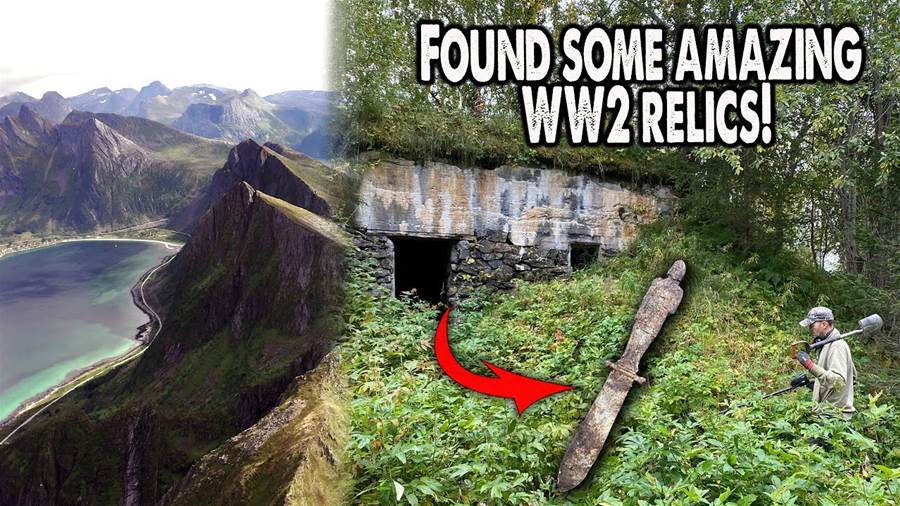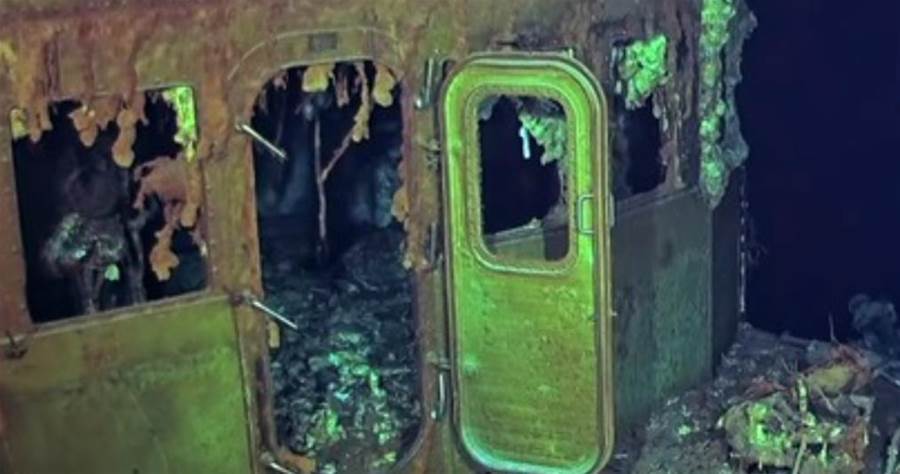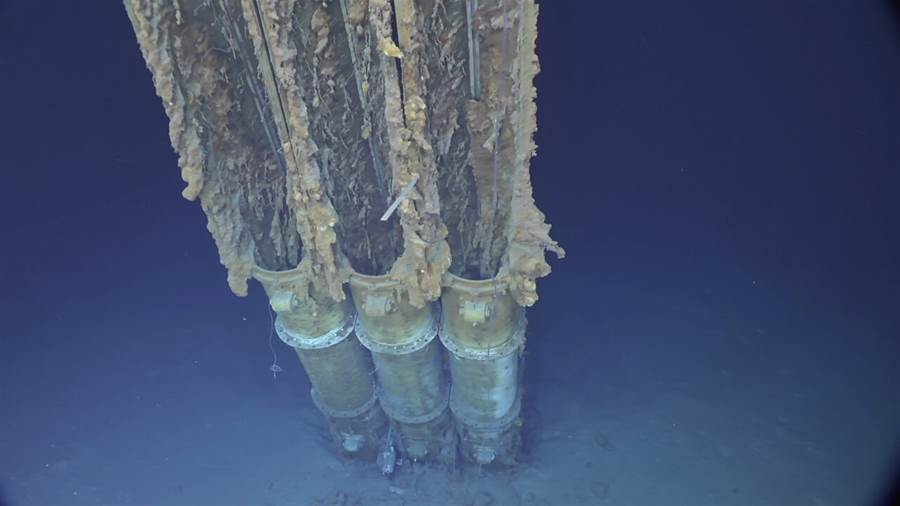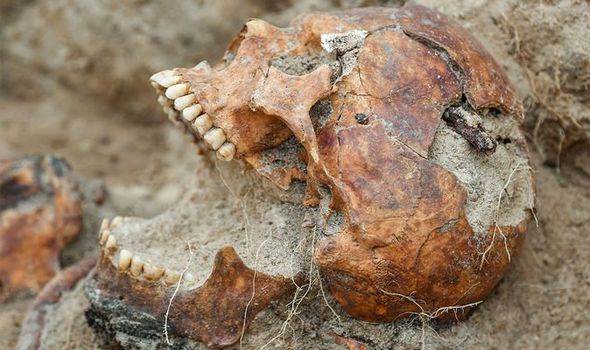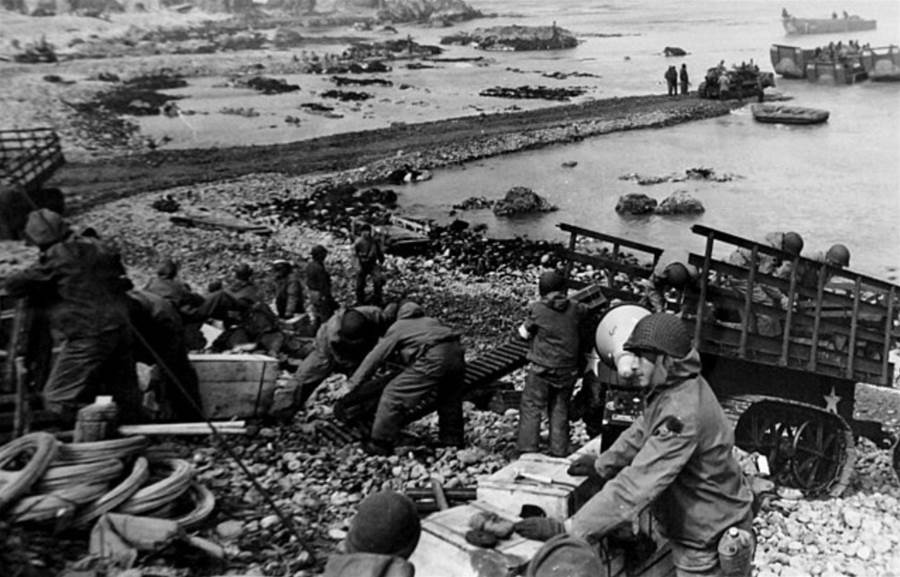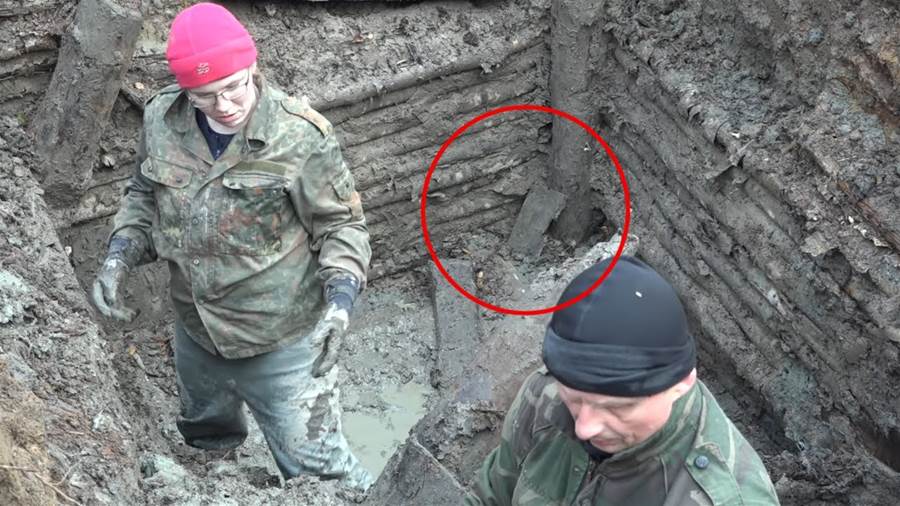
In the wake of World War II, countless artifacts and remnants from the conflict lay buried or abandoned across Europe. The process of unearthing and preserving these remnants provides invaluable insights into the past. This article delves into the process of discovering and documenting these artifacts, offering a glimpse into the ongoing efforts to understand and preserve the legacy of WWII.
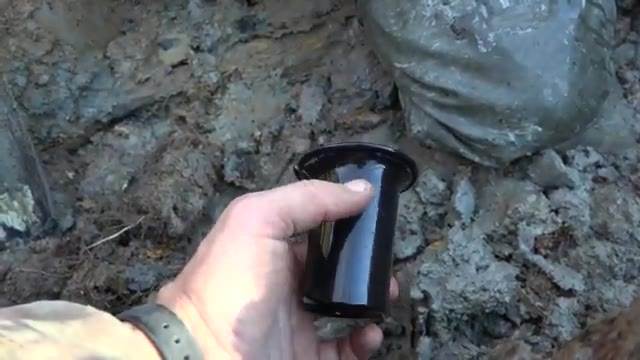
The Discovery Process
The discovery of WWII artifacts often begins with careful planning and research. Historical records and maps are examined to identify likely locations where remnants of the war might be found. Once a site is selected, experts use a combination of modern technology and traditional methods to locate and extract artifacts.
For example, an underwater excavation might reveal sunken tanks or artillery pieces. In these cases, divers and underwater archaeologists work meticulously to recover and document the items.
The condition of these artifacts can vary widely, from relatively intact to heavily corroded or fragmented.
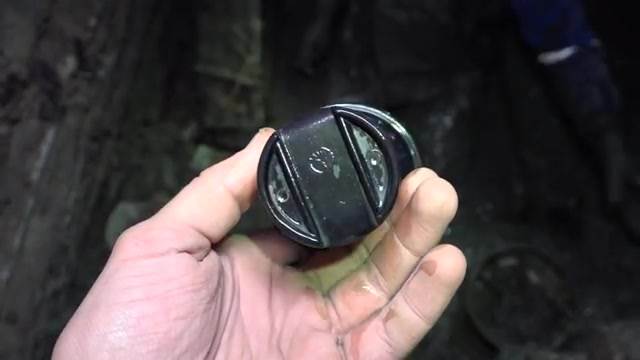
The article is not finished. Click on the next page to continue.
The article is not finished. Click on the next page to continue.
Next page

